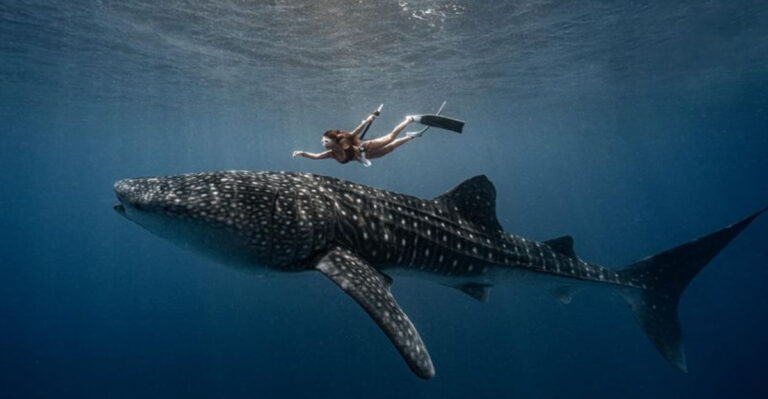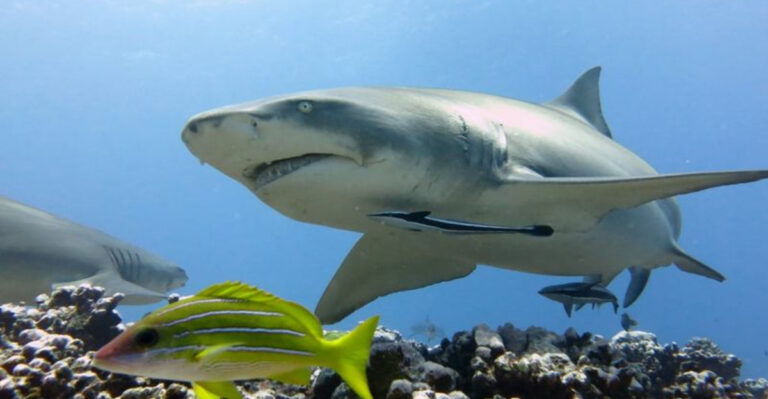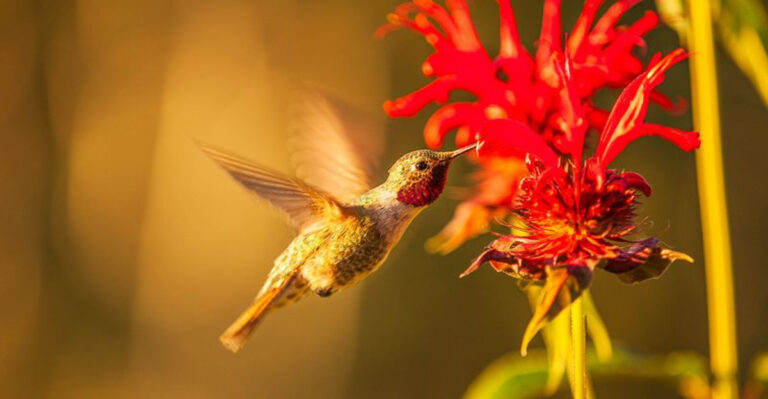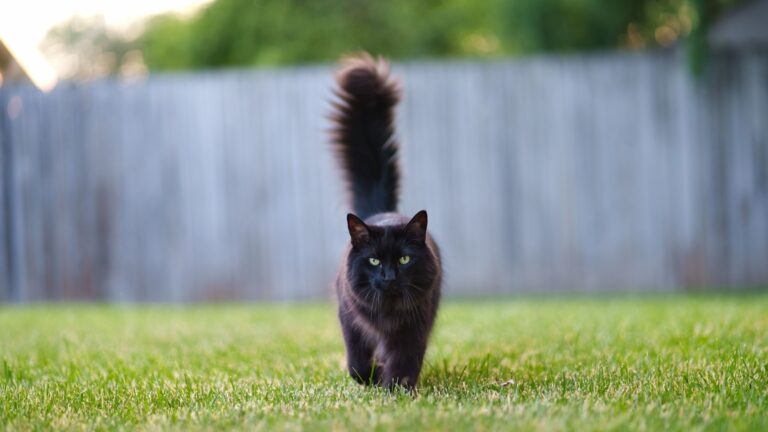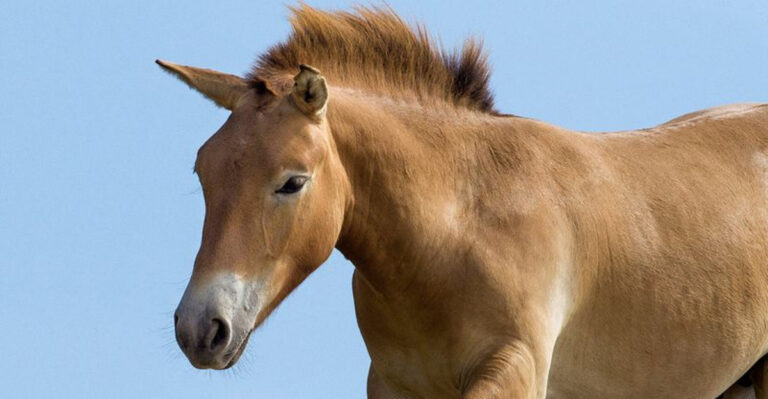15 Reasons Why Raw Pet Food Isn’t Worth The Risk
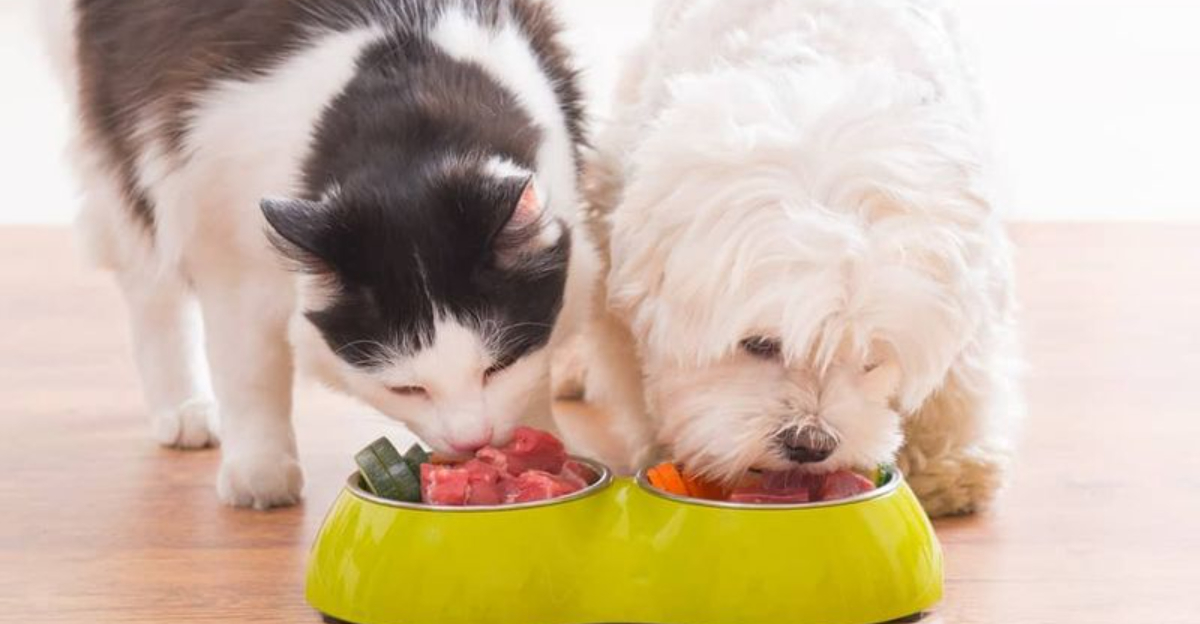
Raw pet food diets have gained traction, but they come with their fair share of risks. Before you make the switch, it’s crucial to understand the potential downsides.
Here are 15 reasons why raw pet food might not be the best choice for your furry friend.
1. Health Hazards
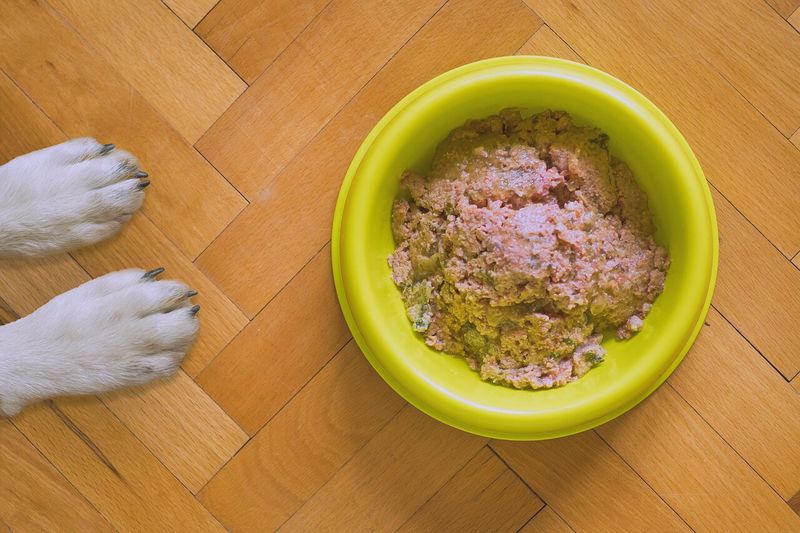
Did you know raw pet food can harbor harmful bacteria like Salmonella and E. coli? These bacteria can cause severe health issues for both pets and humans. Handling raw food requires extra caution, and the risks might outweigh the benefits.
2. Nutritional Imbalance
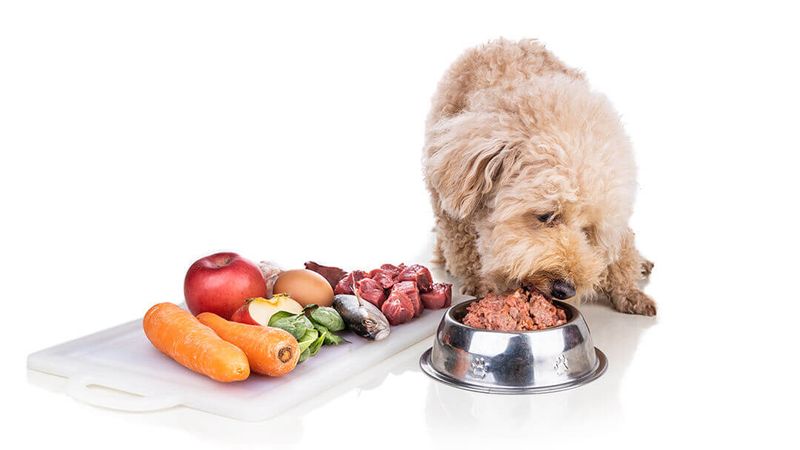
Raw diets might lack essential nutrients. Pets need a balanced diet to thrive, but raw food can often miss the mark. Supplementation is tricky, and not all owners are aware of their pet’s specific dietary needs.
3. Cost Concerns
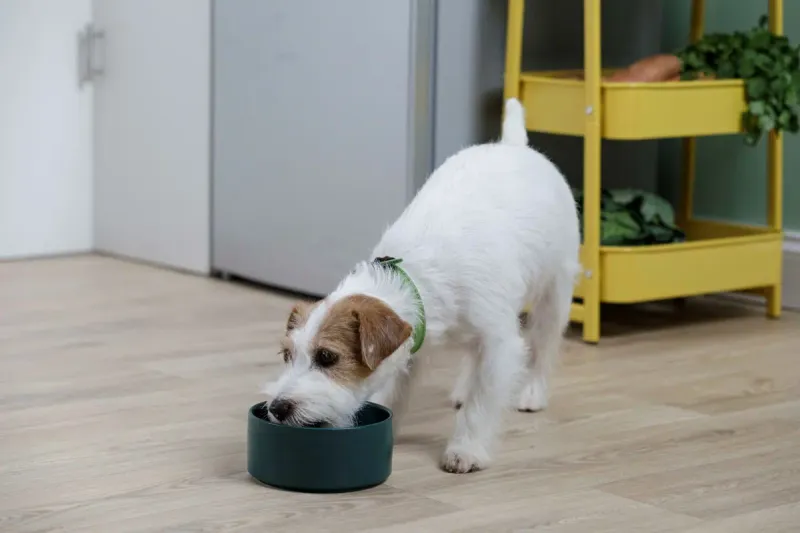
Let’s face it: raw pet food can be pricey. With the need for high-quality, fresh ingredients, the cost quickly adds up. Many pet owners find that traditional pet food offers a more budget-friendly option without compromising quality.
4. Storage Challenges
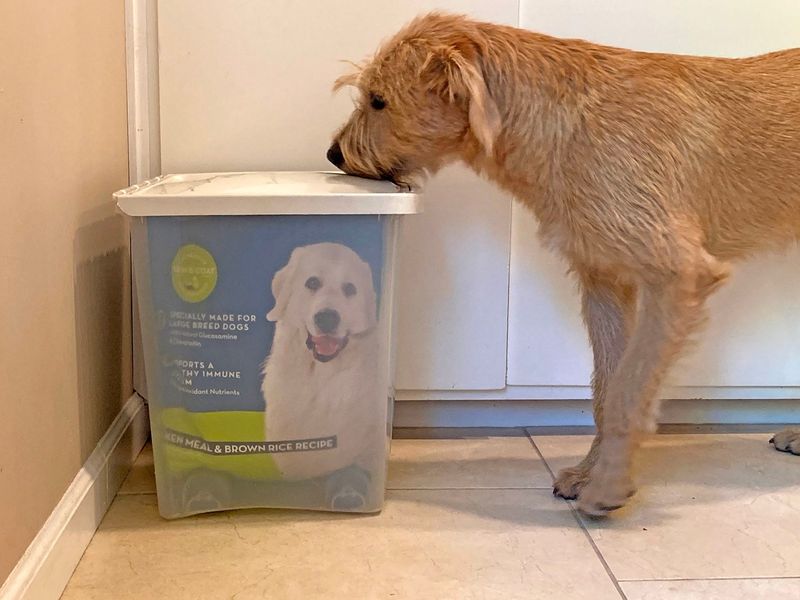
Storing raw pet food isn’t as simple as tossing kibble in a cupboard. It requires specific freezer space and temperature controls to maintain freshness and avoid contamination.
5. Meal Preparation Time
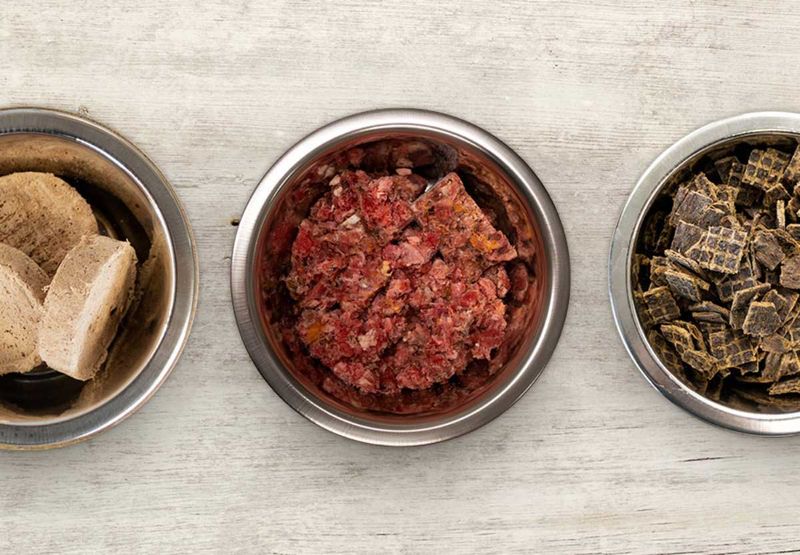
Preparing raw meals is time-consuming. Unlike scooping dry kibble, raw food requires careful handling and preparation, adding stress to busy daily routines. It’s not as convenient as it might seem.
6. Potential Allergens
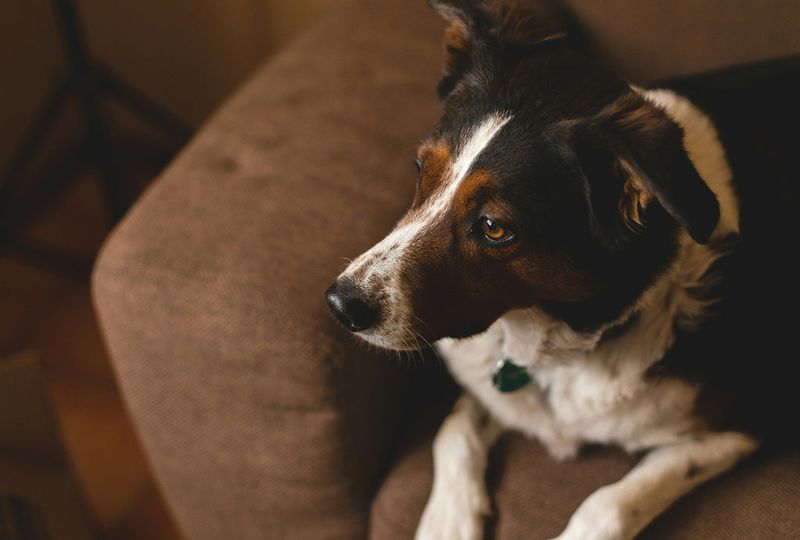
Raw diets can introduce allergens. Some pets might react adversely to ingredients like beef or chicken in their raw form, leading to skin irritations or digestive issues.
7. Unregulated Market
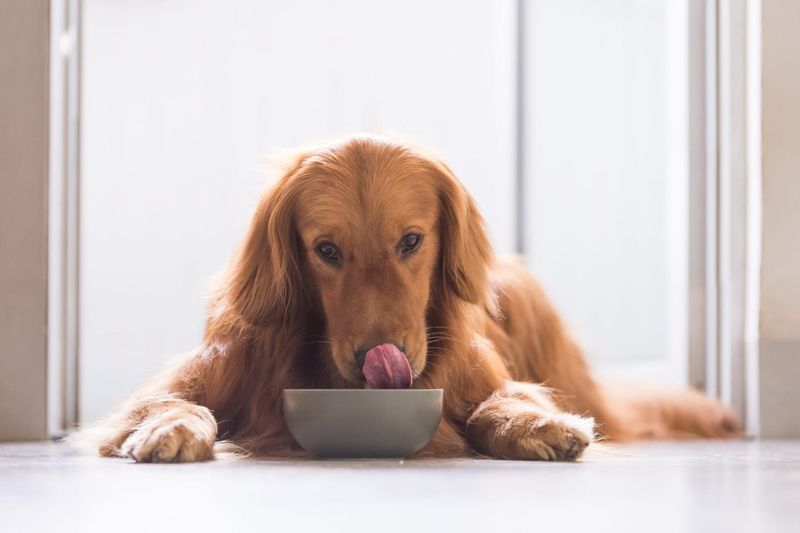
The raw pet food market lacks strict regulations. This can lead to inconsistencies in product quality and safety, leaving pet owners in a tricky situation when selecting the right brand.
8. Risk Of Parasites
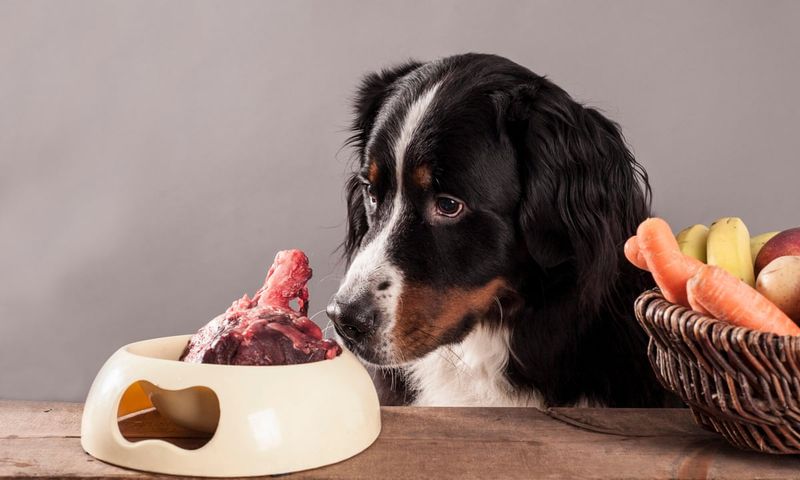
Raw meats can contain parasites. While cooking usually destroys these, raw diets lack this safety net, potentially exposing pets to harmful parasites that could impact their health.
9. Increased Veterinary Visits
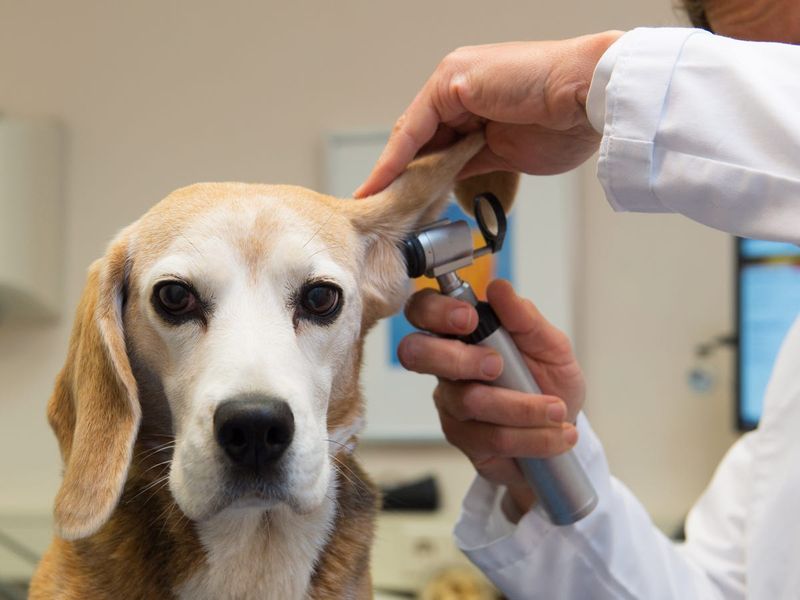
Switching to raw food can lead to more vet visits. From digestive issues to infections, the risks associated with raw diets can result in frequent trips to the veterinarian for treatment.
10. Environmental Impact
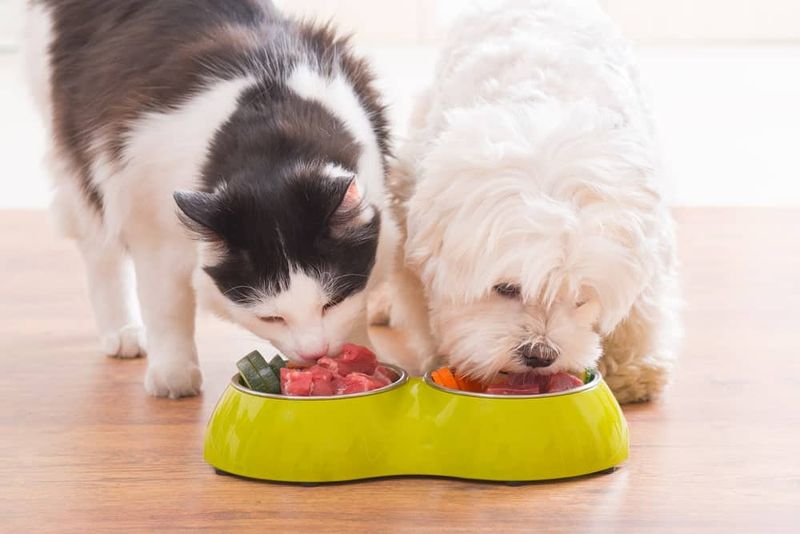
The production and waste from raw pet food can negatively impact the environment. With its high demand for freshness, the carbon footprint and packaging waste are concerns for eco-conscious pet owners.
11. Human Health Risks
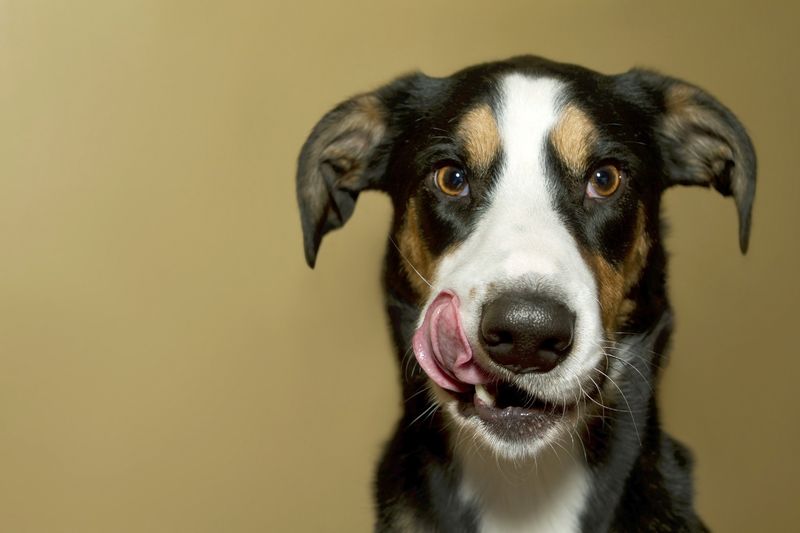
Handling raw pet food can pose health risks to humans. Cross-contamination and improper hygiene practices can lead to serious illnesses in household members.
12. Inconsistent Quality
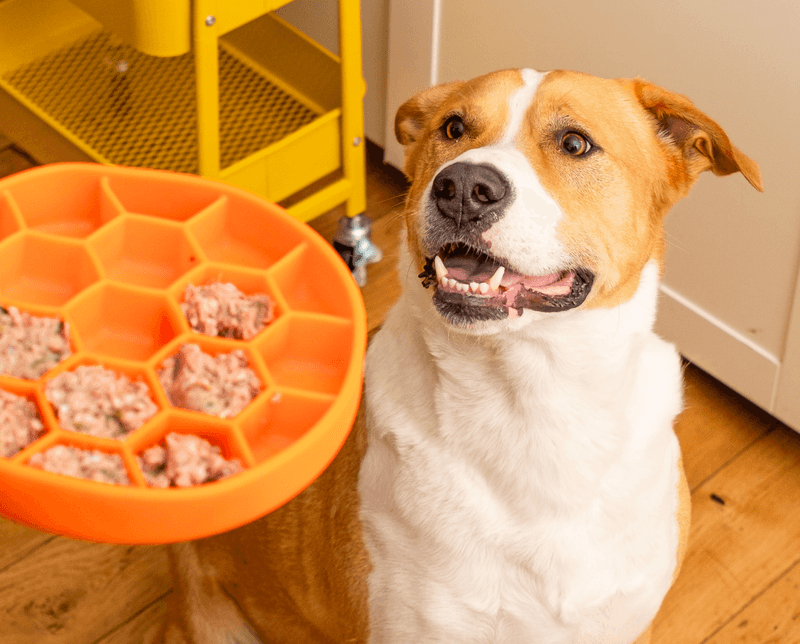
Quality control in raw pet food varies. Without proper regulation, the consistency and quality of raw diets can fluctuate, making it hard to ensure pets receive the right nutrition every time.
13. Limited Scientific Support
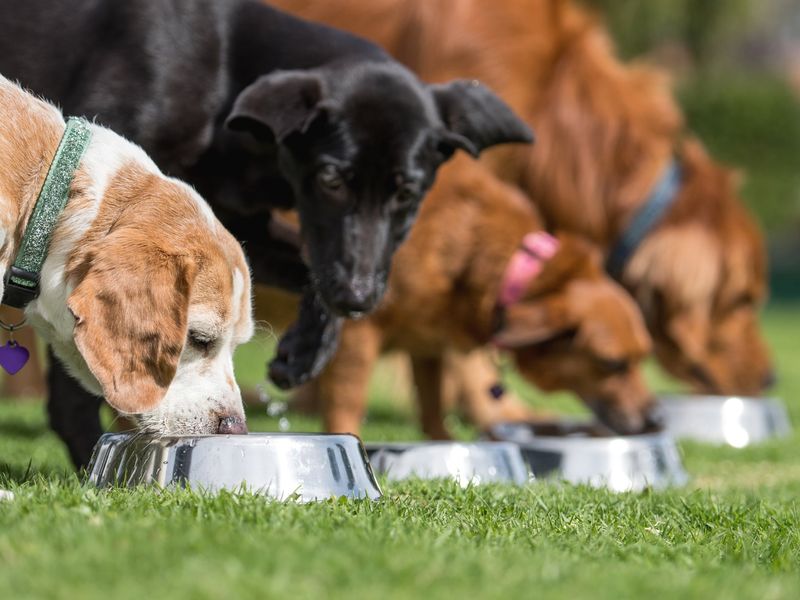
Scientific backing for raw diets is limited. Many claims about their benefits lack robust evidence, leading to uncertainty about the long-term effects on pet health.
14. Potential For Choking
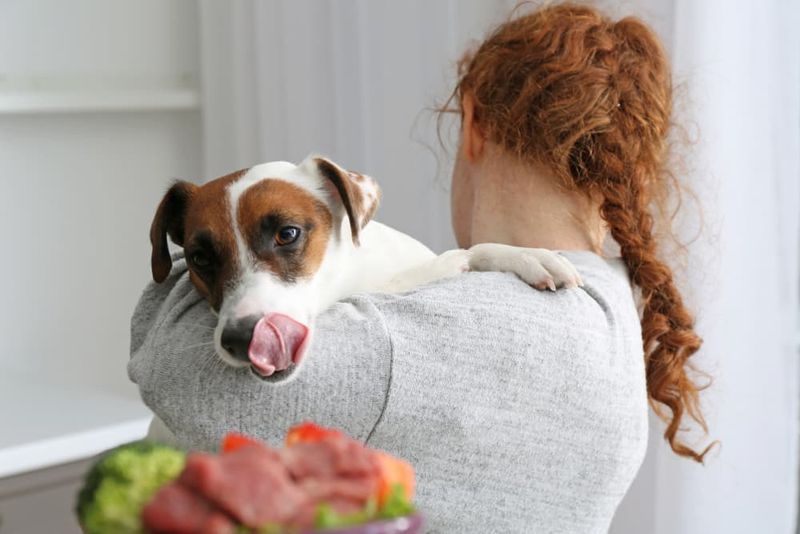
Raw bones can be a choking hazard. While they’re touted for dental health, the risk of splintering and choking makes them a dangerous choice for many pets.
15. Lack Of Portion Control
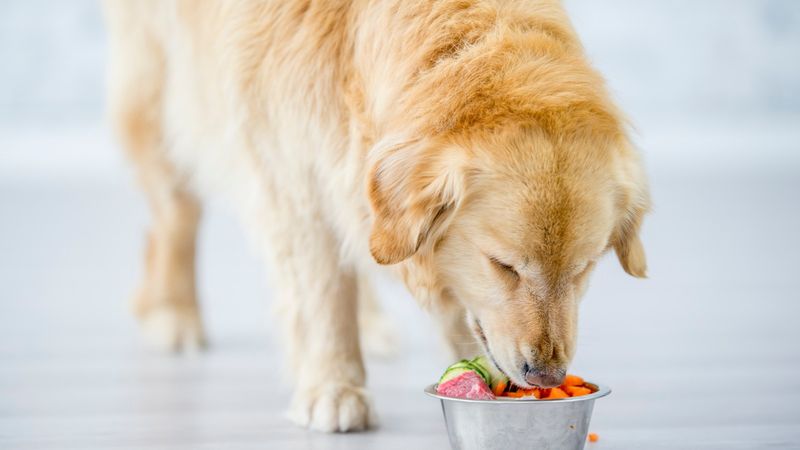
Controlling portions with raw food is challenging. Without clear guidelines, pet owners might overfeed or underfeed, leading to weight issues and nutritional deficiencies.

